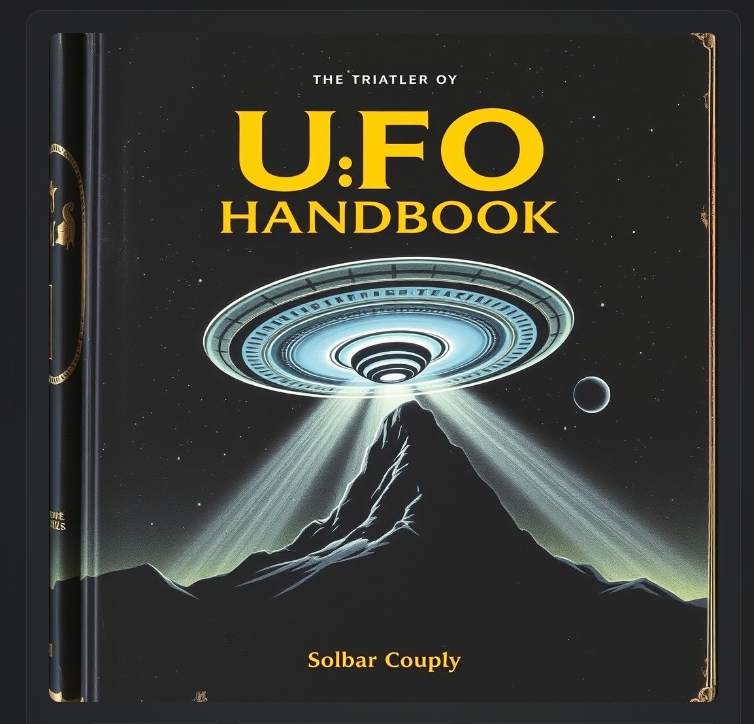Recent congressional hearings have focused on the alleged recovery and reverse engineering of unidentified anomalous phenomena (UAPs), commonly referred to as UFOs. Witnesses have claimed the existence of secret government programs aimed at understanding and replicating advanced technologies from these objects. However, the Pentagon has denied these claims, stating that they have no verifiable information to support them. The topic of UAPs and potential reverse engineering has sparked debate and speculation. Some believe that the government is withholding crucial information from the public, while others remain skeptical of the claims.
The potential implications of successful UAP reverse engineering are significant. It could lead to revolutionary advancements in various fields, including propulsion, materials science, and energy technology. However, it could also raise ethical concerns about the use of such advanced technology and its potential impact on society.
The potential implications of successful UAP reverse engineering are significant. It could lead to revolutionary advancements in various fields, including propulsion, materials science, and energy technology. However, it could also raise ethical concerns about the use of such advanced technology and its potential impact on society.
Recent congressional hearings have focused on the alleged recovery and reverse engineering of unidentified anomalous phenomena (UAPs), commonly referred to as UFOs. Witnesses have claimed the existence of secret government programs aimed at understanding and replicating advanced technologies from these objects. However, the Pentagon has denied these claims, stating that they have no verifiable information to support them. The topic of UAPs and potential reverse engineering has sparked debate and speculation. Some believe that the government is withholding crucial information from the public, while others remain skeptical of the claims.
The potential implications of successful UAP reverse engineering are significant. It could lead to revolutionary advancements in various fields, including propulsion, materials science, and energy technology. However, it could also raise ethical concerns about the use of such advanced technology and its potential impact on society.
0 Reacties
0 aandelen
1K Views

















